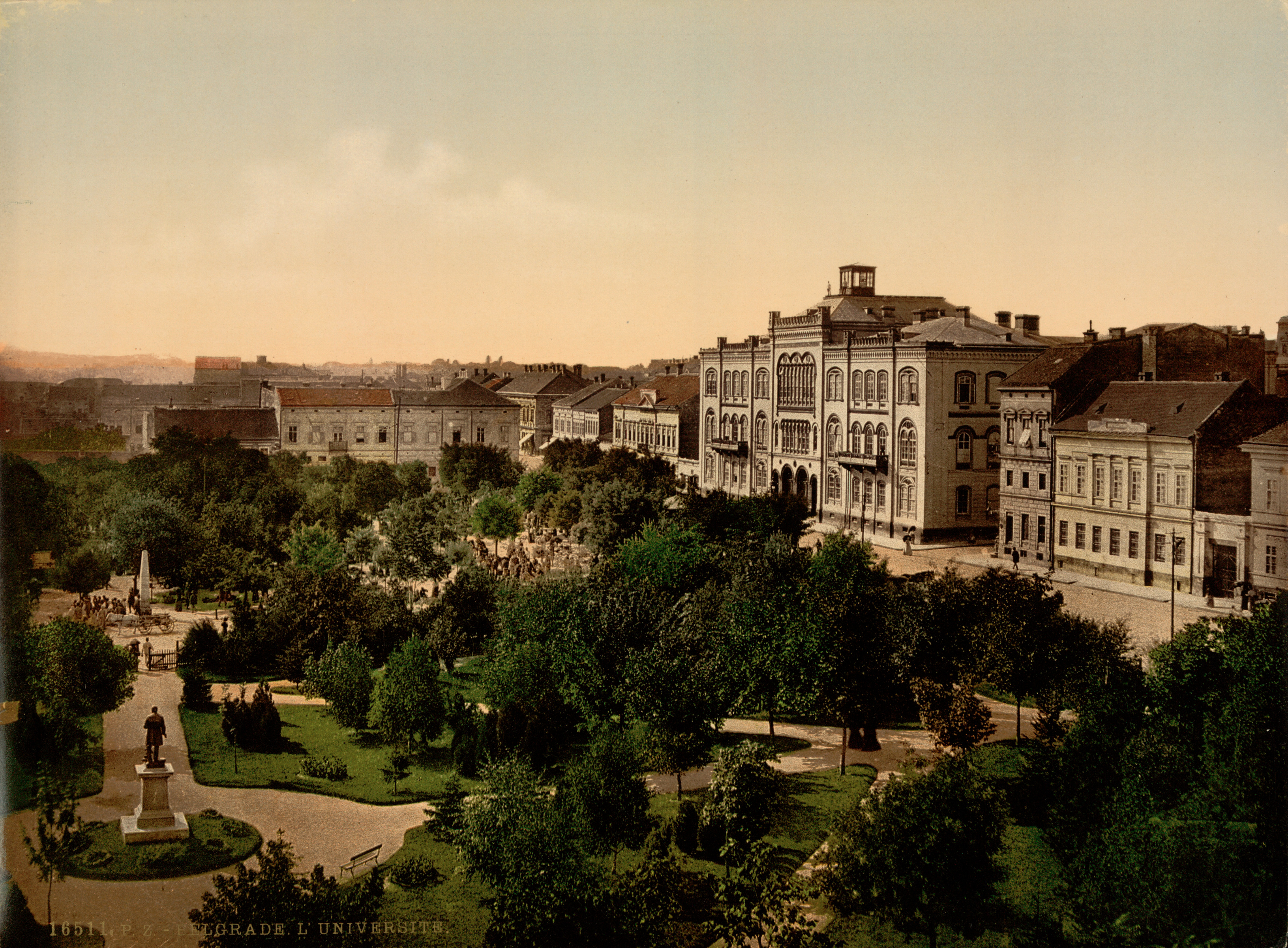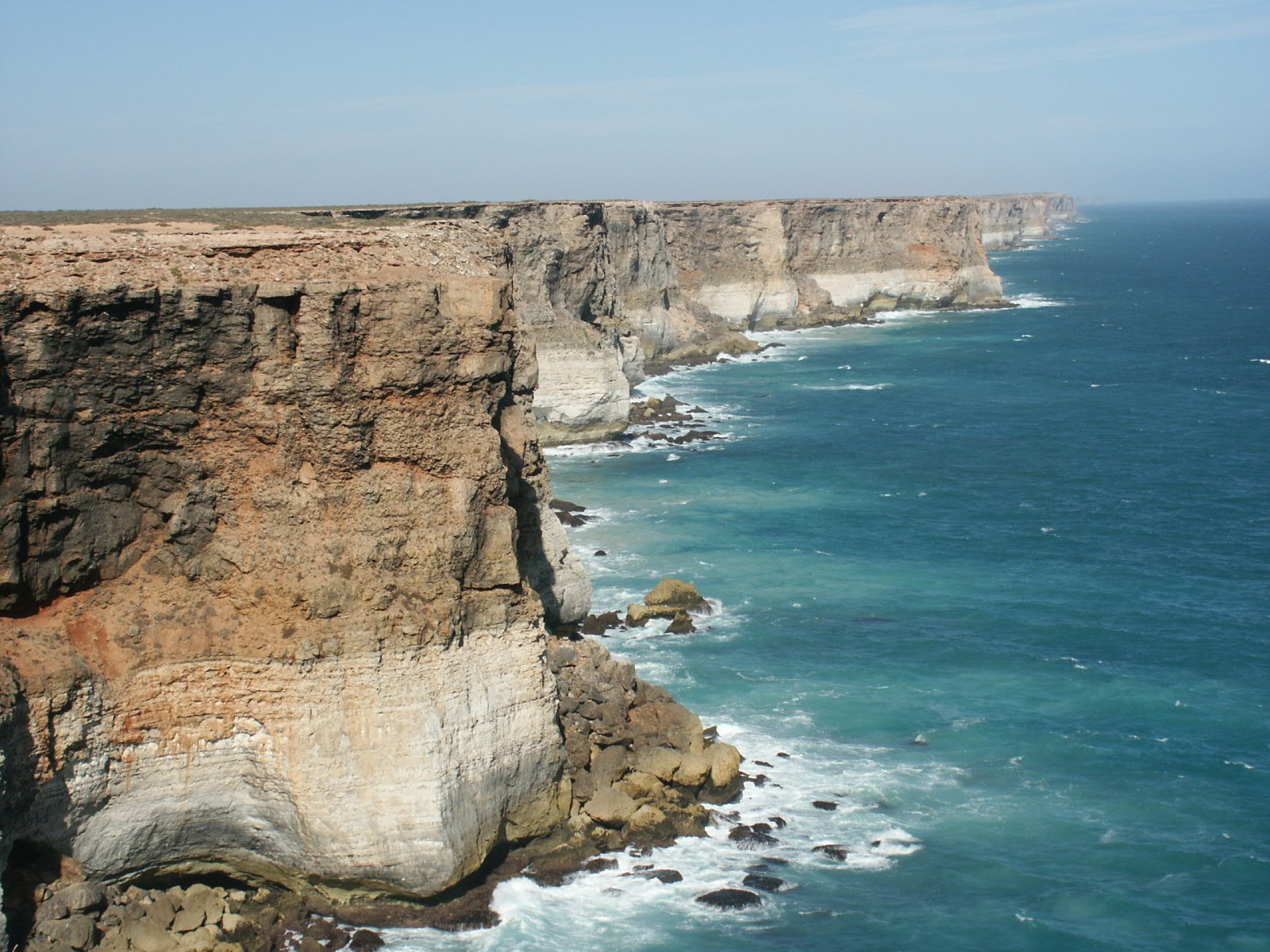|
Lepenski Vir
Lepenski Vir ( sr-cyr, Лепенски Вир, "Lepena Whirlpool"), located in Serbia, is an important archaeological site of the Lepenski Vir culture (also called as Lepenski Vir-Schela Cladovei culture). It includes Mesolithic Iron Gates Hunter-Gatherers period and transition to Early Neolithic Early European Farmers period of the Balkans. The latest radiocarbon and AMS data suggests that the chronology of Lepenski Vir spans between 9500/7200 and 5500 BC, divided into Early–Middle Mesolithic, Late Mesolithic, Transition and Neolithic. There is some disagreement about when the settlement and culture of Lepenski Vir began, but the latest data indicates that it was between 9500 and 7200 BC. The late Lepenski Vir (6300–6000 BC) architectural phase saw the development of unique trapezoidal buildings and monumental sculpture, related with the admixing of Iron Gates Hunter-Gatherers with newly arrived Early European Farmers. The Lepenski Vir site consists of one large sett ... [...More Info...] [...Related Items...] OR: [Wikipedia] [Google] [Baidu] |
Iron Gates Mesolithic
The Iron Gates Mesolithic is a Mesolithic archaeological culture dated to between 13,000 and 6,000 years cal BCE, in the Iron Gates region of the Danube River, in modern Romania and Serbia. The people who inhabited the Iron Gates area during this period of time have been surmised, through archaeological discoveries, to have lived a hunter-gatherer lifestyle, living off food they gather from land or from the Danube River. Varying burial practices have also been observed by these people. Major sites within this archaeological complex include Lepenski Vir. Despite a foraging economy, stages at this site dated at c. 6300–6000 BCE have been described as "the first city in Europe",Pavlović, 20 August 2017, p. 20. due to its permanency, organisation, as well as the sophistication of its architecture and construction techniques.Pavlović, 23 August 2017. Lepenski Vir consists of one large settlement with around 10 satellite villages. Numerous piscine sculptures and peculiar architec ... [...More Info...] [...Related Items...] OR: [Wikipedia] [Google] [Baidu] |
Iron Gates
The Iron Gates (; ; ; Hungarian: ''Vaskapu-szoros'') is a gorge on the river Danube. It forms part of the boundary between Serbia (to the south) and Romania (north). In the broad sense it encompasses a route of ; in the narrow sense it only encompasses the last barrier on this route, just beyond the Romanian city of Orșova, that contains two hydroelectric dams, with two power stations, Iron Gate I Hydroelectric Power Station and Iron Gate II Hydroelectric Power Station. At this point in the Danube, the river separates the southern Carpathian Mountains from the northwestern foothills of the Balkan Mountains. The Romanian side of the gorge constitutes the Iron Gates Natural Park, whereas the Serbian part constitutes the Đerdap National Park. A wider protected area on the Serbian side was declared the UNESCO global geopark in July 2020. Archaeologists have named the Iron Gates mesolithic culture (dated circa 13,000 to 5,000 years ago) after the gorge. One of the most importa ... [...More Info...] [...Related Items...] OR: [Wikipedia] [Google] [Baidu] |
Serbia
, image_flag = Flag of Serbia.svg , national_motto = , image_coat = Coat of arms of Serbia.svg , national_anthem = () , image_map = , map_caption = Location of Serbia (green) and the claimed but uncontrolled territory of Kosovo (light green) in Europe (dark grey) , image_map2 = , capital = Belgrade , coordinates = , largest_city = capital , official_languages = Serbian language, Serbian , ethnic_groups = , ethnic_groups_year = 2022 , religion = , religion_year = 2022 , demonym = Serbs, Serbian , government_type = Unitary parliamentary republic , leader_title1 = President of Serbia, President , leader_name1 = Aleksandar Vučić , leader_title2 = Prime Minister of Serbia, Prime Minister , leader_name2 = Đuro Macut , leader_title3 = Pres ... [...More Info...] [...Related Items...] OR: [Wikipedia] [Google] [Baidu] |
Mountain Massif
A massif () is a principal mountain mass, such as a compact portion of a mountain range, containing one or more summits (e.g. France's Massif Central). In mountaineering literature, ''massif'' is frequently used to denote the main mass of an individual mountain. As a purely scientific term in geology, however, a "massif" is separately and more specifically defined as a section of a planet's crust that is demarcated by faults or flexures. In the movement of the crust, a massif tends to retain its internal structure while being displaced as a whole. A massif is a smaller structural unit than a tectonic plate and is considered the fourth-largest driving force in geomorphology. The word "massif" originates from French (in which the word also means "massive"), where it is used to refer to a large mountain mass or compact group of connected mountains forming an independent portion of a range. The Face on Mars is an example of an extraterrestrial massif. Massifs may also form ... [...More Info...] [...Related Items...] OR: [Wikipedia] [Google] [Baidu] |
University Of Belgrade
The University of Belgrade () is a public university, public research university in Belgrade, Serbia. It is the oldest and largest modern university in Serbia. Founded in 1808 as the Belgrade Higher School in revolutionary Serbia, by 1838 it merged with the Kragujevac-based departments into a single university. The university has around 59,600 enrolled students and over 4,600 academic staff members. Since its founding, the university has educated more than 378,000 Bachelor's degree, bachelors, around 25,100 Magister (degree), magisters, 29,000 Specialist degree, specialists and 14,670 Doctorate, doctors. The university comprises 31 faculties, 12 research institutes, the Belgrade University Library, university library, and 9 university centres. The faculties are organized into four groups: social sciences and humanities; medical sciences; natural sciences and mathematics; and technological sciences. History 19th century The University of Belgrade was established in 1808 as the ... [...More Info...] [...Related Items...] OR: [Wikipedia] [Google] [Baidu] |
Starčevo Culture
The Starčevo culture is an archaeological culture of Southeastern Europe, dating to the Neolithic period between ''c.'' 6200 and 4500 BCE.Istorijski atlas, Intersistem Kartografija, Beograd, 2010, page 11. It originates in the spread of the Neolithic package of peoples and technological innovations including farming and ceramics from Anatolia to the area of Sesklo. The Starčevo culture marks its spread to the inland Balkan peninsula as the Cardial ware culture did along the Adriatic coastline. It forms part of the wider Starčevo–Körös–Criş culture which gave rise to the central European Linear Pottery culture c. 700 years after the initial spread of Neolithic farmers towards the northern Balkans. The Starčevo site, the type site, is located on the north bank of the Danube near the village of Starčevo in Serbia (Vojvodina province), opposite Belgrade. Origins The Starčevo culture represents a northern expansion of Early Neolithic Farmers who settled from A ... [...More Info...] [...Related Items...] OR: [Wikipedia] [Google] [Baidu] |
Nikola Vulić
Nikola Vulić ( sr-cyr, Никола Вулић); (Shkodër, Ottoman Empire, 27 November 1872 – Belgrade, Yugoslavia, 25 May 1945) was a Serbian historian, classical philologist, prominent archaeologist, doctor of philosophy and professor at the University of Belgrade. Biography Born in Shkodër (modern Albania) in 1872 during the period of Ottoman rule, he left for Serbia where he studied Latin, Old Church Slavonic, Ancient Greek, and ancient history. He graduated from the University of Belgrade in history. For his post-graduate studies he went to the University of Munich, where he received his doctorate. Upon his return to Belgrade, he was named professor at his ''alma mater''. During World War I, Serbia's Minister of Education in-exile in Greece concluded that professors and teachers should be seconded from the army. Nikola Vulić was exempt from further serving in the army in 1917. In Clermont-Ferrand he taught Latin to both Serb and French students. He is remembered as th ... [...More Info...] [...Related Items...] OR: [Wikipedia] [Google] [Baidu] |
Felix Philipp Kanitz
Felix Philipp Kanitz (. 2 August 1829 – 8 January 1904) was an Austro-Hungarian naturalist, geographer, ethnographer, archaeologist, painter and author of travel notes, of Jewish heritage. Biography Kanitz was born in Pest to a rich Jewish family and enrolled in art in the University of Vienna in 1846, at the age of seventeen.He travelled extensively after 1850, visiting Germany, France, Belgium and Italy. He settled in Vienna in 1856 and undertook a journey to Dalmatia in the Balkans in 1858, which marked the beginning of his thorough research of the South Slavs. Apart from Dalmatia, he also visited Herzegovina, Bosnia, Kingdom of Montenegro, Serbia and Bulgaria. He worked on the topic until 1889, the knowledge he gathered being evaluated as particularly important for the period. A good painter and drawer, Kanitz was also the author of a number of black and white drawings related to the life in the Balkans. Born a Jew, he later converted to Christianity. Between 1870 and 1874 ... [...More Info...] [...Related Items...] OR: [Wikipedia] [Google] [Baidu] |
Golubac
Golubac ( sr-Cyrl, Голубац, ; ) is a village and municipality located in the Braničevo District of eastern Serbia. Situated on the right side of the Danube river, it is bordered by Romania to the east, Veliko Gradište to the west and Kučevo to the south. The population of the village is 1,445 and the population of the municipality is 6,599. Due to many nearby archeological sites and the Đerdap national park, the village is a popular tourist, fishing and sailing destination. Name In Serbian, the town is known as ''Golubac'' (Голубац), derived from ''golub'' ("pigeon" or "dove") and is therefore often translated as "the town of doves." Other names: (also known as ''Golumbacu Mare'' or ''Columbacu''), , and meaning "dovecote." Historically, it was known as ''Columbria'' in Latin, a contraction of (castrum) Columbaria meaning "city of pigeons" (Latin: Columba, Greek: kòlymbos), and as a city derived from Cuppae during pre-Roman times. History It was a st ... [...More Info...] [...Related Items...] OR: [Wikipedia] [Google] [Baidu] |
Prahovo
Prahovo is a village on the river Danube in the municipality of Negotin, Serbia with a population of 1506 people at the 2002 census. The battle of Prahovo took place in 1810 near the village during the First Serbian Uprising (1804–1813). Nearby sections of the river are still crowded with German shipwrecks sunk during the Second World War World War II or the Second World War (1 September 1939 – 2 September 1945) was a World war, global conflict between two coalitions: the Allies of World War II, Allies and the Axis powers. World War II by country, Nearly all of the wo ... in late 1944 to block passage to the Soviet military, restricting the navigable channel. Drought in 2022 dropped river levels and exposed dozens of the sunken warships, still laden with ammunition and explosives, presenting a safety hazard. References {{commonscat, Prahovo Populated places in Bor District ... [...More Info...] [...Related Items...] OR: [Wikipedia] [Google] [Baidu] |
Iron Gate I Hydroelectric Power Station
The Iron Gate I Hydroelectric Power Station (, /Đerdap I) is the largest dam on the Danube river and one of the largest hydro power plants in Europe. It is located on the Iron Gate gorge, between Romania and Serbia. The Romanian side of the power station produces approximately annually, while the Serbian side of the power station produces . History The project started in 1964 as a joint-venture between the governments of Romania and Yugoslavia for the construction of a major dam on the Danube River which would serve both countries. At the time of completion in 1972, it was the 10th largest hydroelectric power stations in the world with twelve Kaplan turbines generating , divided equally between the two countries at each.HE Djerdap (in Serbian) The small inhabited island of [...More Info...] [...Related Items...] OR: [Wikipedia] [Google] [Baidu] |
Bight (geography)
In geography, a bight () is a concave bend or curvature in a coastline, river or other geographical feature, or it may refer to a very open bay formed by such a feature. Such bays are typically broad, open, shallow and only slightly recessed. Description The size of bights differs greatly, which may be as small as a bend in a river or large like a sound. Large bights are shallower than sounds. Traditionally, explorers defined a bight as a bay that could be sailed out of on a single tack in a square-rigged sailing vessel, regardless of the direction of the wind (typically meaning the apex of the bight is less than 25 degrees from the edges). According to the United Nations Convention on the Law of the Sea, an indentation with an area as large as (or larger than) that of the semi-circle whose diameter is a line drawn across the mouth of that indentation, can be regarded as a bay not merely a bight. [...More Info...] [...Related Items...] OR: [Wikipedia] [Google] [Baidu] |





